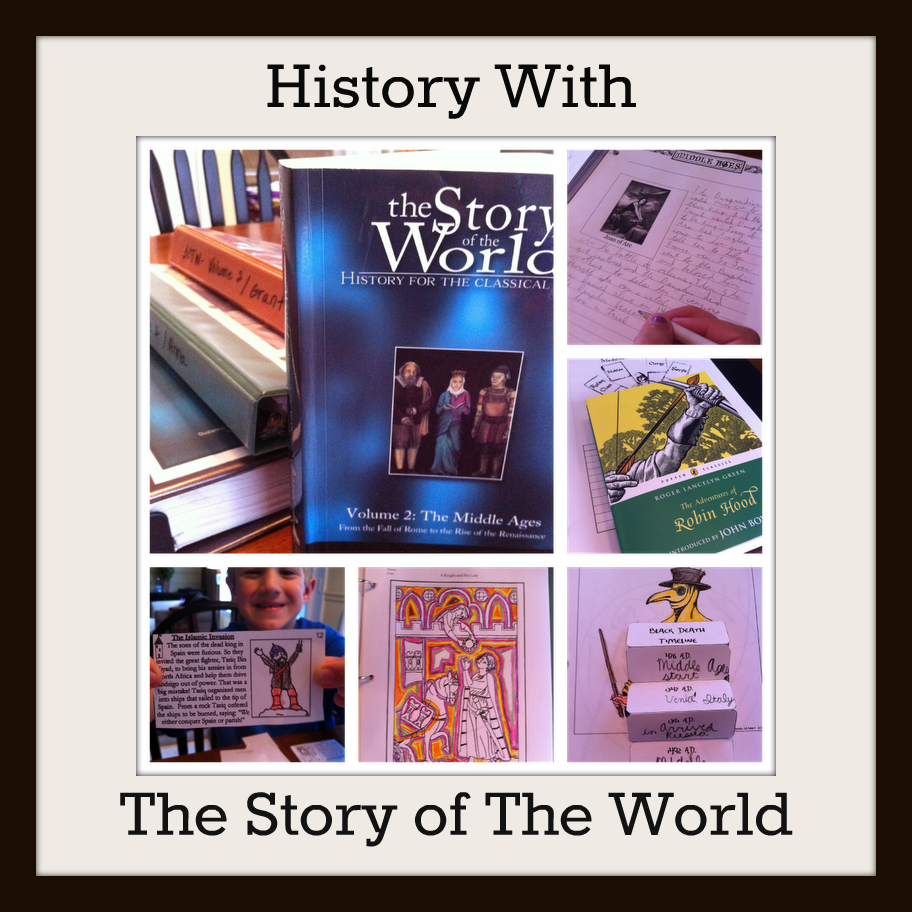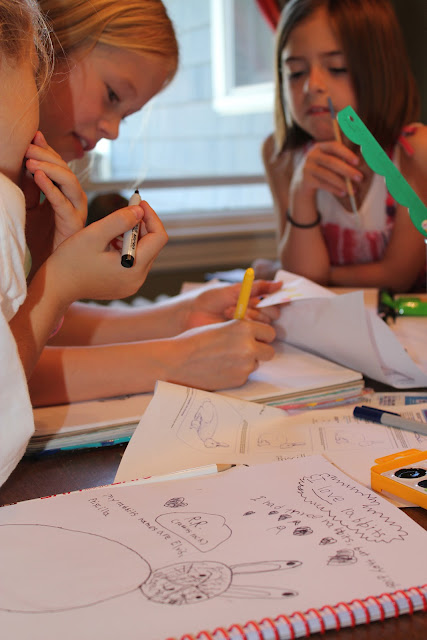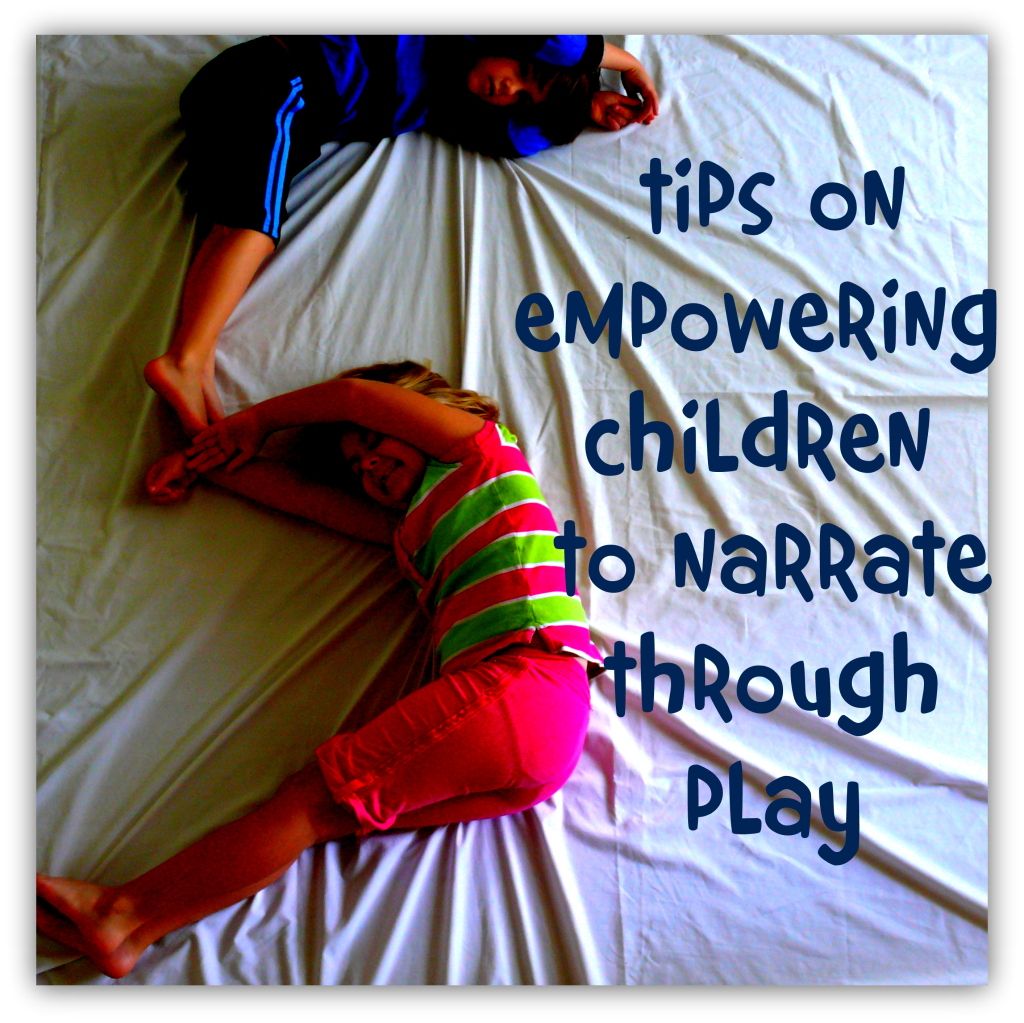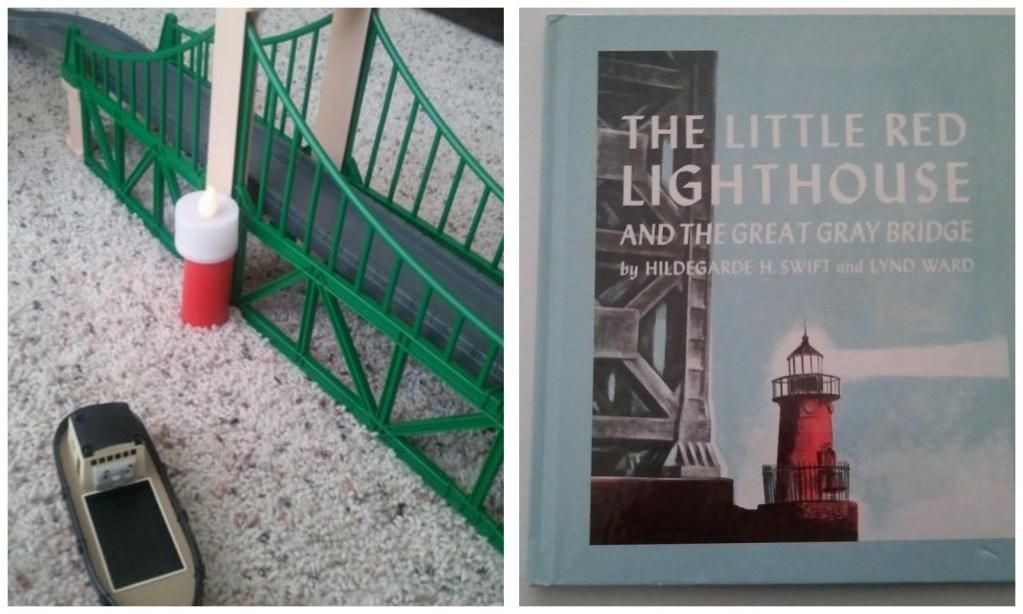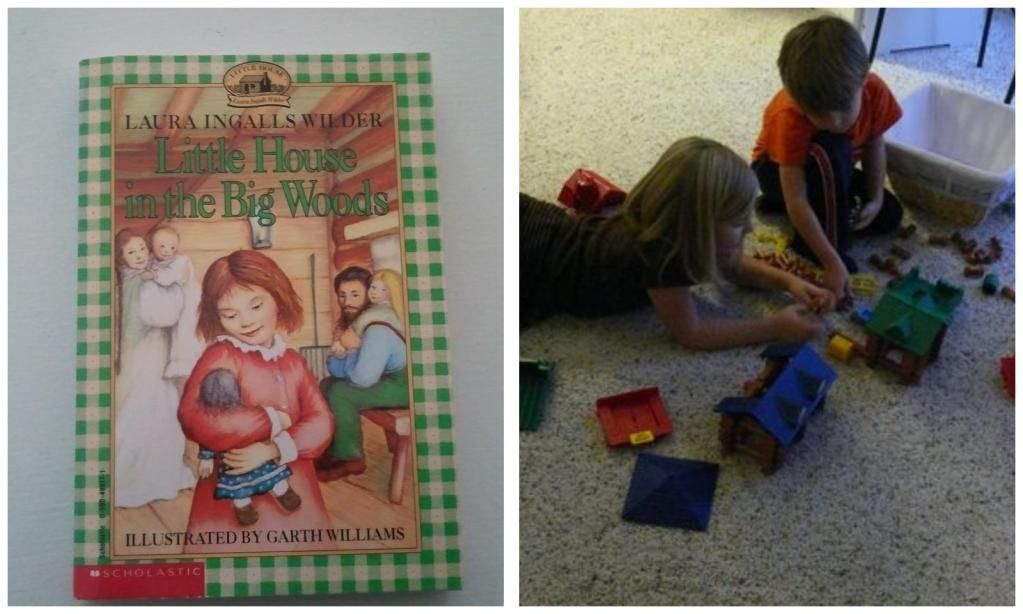Art Journaling ~ The Heart of an Artist
 Wednesday, May 30, 2012 at 5:00AM
Wednesday, May 30, 2012 at 5:00AM 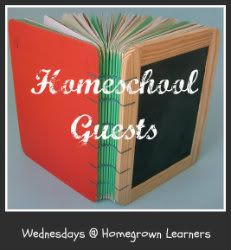
Week 2: Monica ~ Homeschool as a Calling
Week 3: Stacey ~ Empowering Children to Narrate Through Play
An artist is one whose soul is connected with their limbs.
Our family is very busy with numerous activities, classes, and trips. Often I had great plans of breaking out oil pastels, or watercolors, only to find that priority was given to math or writing, or science. I began to question why it is so easy to push art aside as something we will get to another day. In my artist’s heart, I felt that art is equally important as math, science, and language arts. If I scheduled time and a place to create and honored it among our expansive list of other activities, then we would never have to push it aside again. Allow each child to express his or her creativity.
I often think back to the art teacher at my daughter’s public school who told my children that they would get a good grade if their art looked like hers. I never want the children to feel like my work is what their page should look like. I begin each class with a general idea of what the page will be about and a list of writing invitations to accompany the project. Use technology to your advantage.
Many people tell me they wish they could do art journaling with their children but they are not creative. Pinterest provides many of the inspirations for my journal pages. I search under art journal and I scroll through page after beautiful page of other artists’ work. If I find one that lends itself to the blending of words with the art I repin it to my page. Use quality art supplies.
Build your group with care.
Keep your own journal.
Often I work alongside the children. There are times when I may have a finished page to show them, if I needed to test out a new art supply, or try a new method to see how it would translate to a group. However, most of the time, I am working on my page at the same time. I keep notes and jot down beautiful language I overhear, or possible topics for writing.
In my last coop class I had planned to use straws to blow paint onto a page exposing writing that was done in white crayon. It did not work as planned. There was too much page to cover and the method was not sufficient to distribute paint to show the resist. I modified this to sponging the paint. Some children did not press hard enough with the crayon and their words did not show through. We talked about a time in their life when they tried something and the result was not what they planned. Each child immediately thought of something they did, whether it was trying a trick on a bicycle or learning a new skill in gymnastics class. Spontaneously I gave the children a black marker and asked them to fill one page with a drawing of this memory. The other page was used to write about the memory. This page was one of my favorite times working as an art journaling group.

Thank you, Jessica for sharing your talents with us today! Please visit Jess at her blog, Teachable Moments. She tweets at @Moments2Teach
Allow each child to express his or her creativity.
Use technology to your advantage.
Use quality art supplies.
Build your group with care.
Keep your own journal.
In my last coop class I had planned to use straws to blow paint onto a page exposing writing that was done in white crayon. It did not work as planned. There was too much page to cover and the method was not sufficient to distribute paint to show the resist. I modified this to sponging the paint. Some children did not press hard enough with the crayon and their words did not show through. We talked about a time in their life when they tried something and the result was not what they planned. Each child immediately thought of something they did, whether it was trying a trick on a bicycle or learning a new skill in gymnastics class. Spontaneously I gave the children a black marker and asked them to fill one page with a drawing of this memory. The other page was used to write about the memory. This page was one of my favorite times working as an art journaling group.















